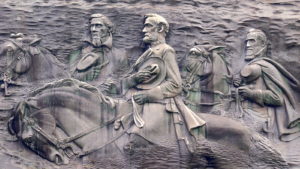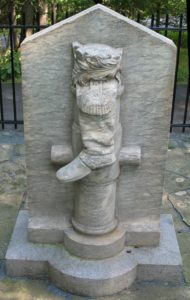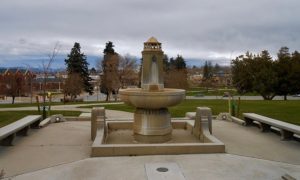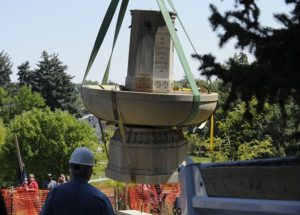Using Rosenzweig’s and Thelen’s Presence of the Past questionnaire, the individual I selected to interview received his B.A. in history, but is not a historian by trade. Considering it has been 25+ years since his undergraduate days, I wanted to understand how he initially became interested in history and to gauge his present-day interactions with the past. I learned that his parent’s interest in visiting historic sites and reading were crucial to his decision to major in history. In other words, the presence of history and the past were instilled in him at an early age.
As far as the actual interview, I wished that I had chosen someone I was unfamiliar with because at times I sensed his answers and quickly moved on. If I had not known his background, I most likely would have nudged him to elaborate further on specific answers.
Overall, I was pleased with the interview process. Having done a handful or oral histories prior, I felt that the questionnaire was monotonous at times, but overall it was a great introductory piece and a great evaluation piece for gauging how individuals interact with the past. Lastly, it is important to remember that conducting oral histories is a learned skill.




